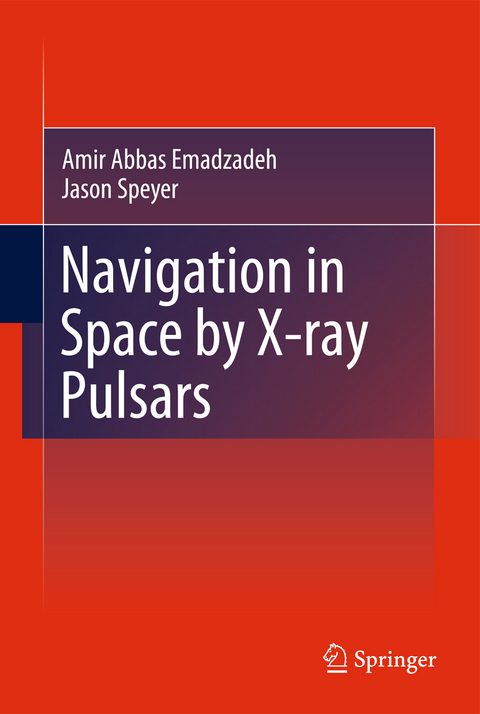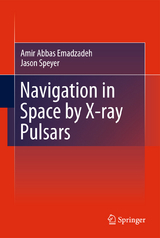Navigation in Space by X-ray Pulsars
Springer-Verlag New York Inc.
978-1-4419-8016-8 (ISBN)
Navigation in Space by X-ray Pulsars will consist of two parts. One is on modeling of X-ray pulsar signals. The second part explains how X-ray pulsar signals can be used to solve the relative navigation problem. This book formulates the problem, proposes a recursive solution, and analyzes different aspects of the navigation system. This book will be a comprehensive source for researchers. It provides new research results on signal processing techniques needed for X-ray pulsar based navigation in deep space.
Dr. Emadzadeh is a design engineer with Vantage Surgical Systems Inc. As a student he won the UCLA graduate division fellowship award in 2005. Jason Speyer is a Professor of Mechanical and Aerospace Engineering with a joint appointment in Electrical Engineering. He received his B.S. degree in (Aeronautics & Astronautics from MIT in 1960 and his M.S. and Ph.D. degrees from Harvard University in 1965 and 1968. He is a member of the National Academy of Engineering.
1 Prologue.- 1.1 Current Spacecraft Navigation Systems.- 1.2 Pulsar-Based Relative Navigation.- 1.2.1 Why Relative Navigation? Why Celestial-Based Systems?- 1.2.2 Pulsars.- 1.2.3 Why Use X-ray Pulsars for Navigation?- 1.2.4 History of Pulsar-Based Navigation.- 1.3 Proposed Navigation System Structure.- 1.4 Thesis Outline.- 2 Signal Modeling.- 2.1 X-ray Detectors.- 2.2 X-ray Pulsar Signal.- 2.2.1 Constant-Frequency Model.- 2.2.2 Time-Dependent-Frequency Model.- 2.3 Discussion.- 2.4 Epoch Folding.- 2.4.1 Effect of Velocity Errors.- 2.5 Generating Photon TOAs.- 2.6 Simulation.- 3 Pulse Delay Estimation.- 3.1 Pulse Delay Estimation.- 3.2 The Cramér-Rao Lower Bound (CRLB).- 3.3 Discussion.- 3.4 Simulation.- 4 Pulse Delay Estimation Using Epoch Folding.- 4.1 Cross Correlation Technique.- 4.2 Nonlinear Least Squares Technique.- 4.3 Simulation.- 5 Pulse Delay Estimation via Direct Use of TOAs.- 5.1 Maximum-Likelihood Estimator (MLE).- 5.2 Numerical Determination of the MLE.- 5.3 Simulation.- 6 Recursive Position Estimation.- 6.1 System Dynamics.- 6.2 Measurements.- 6.3 Discrete-Time Estimation Process.- 6.4 Discussion.- 6.5 Simulation.- 7 Epilogue References.
| Erscheint lt. Verlag | 2.3.2011 |
|---|---|
| Zusatzinfo | XI, 118 p. |
| Verlagsort | New York, NY |
| Sprache | englisch |
| Maße | 155 x 235 mm |
| Themenwelt | Technik ► Elektrotechnik / Energietechnik |
| Technik ► Luft- / Raumfahrttechnik | |
| ISBN-10 | 1-4419-8016-4 / 1441980164 |
| ISBN-13 | 978-1-4419-8016-8 / 9781441980168 |
| Zustand | Neuware |
| Haben Sie eine Frage zum Produkt? |
aus dem Bereich




